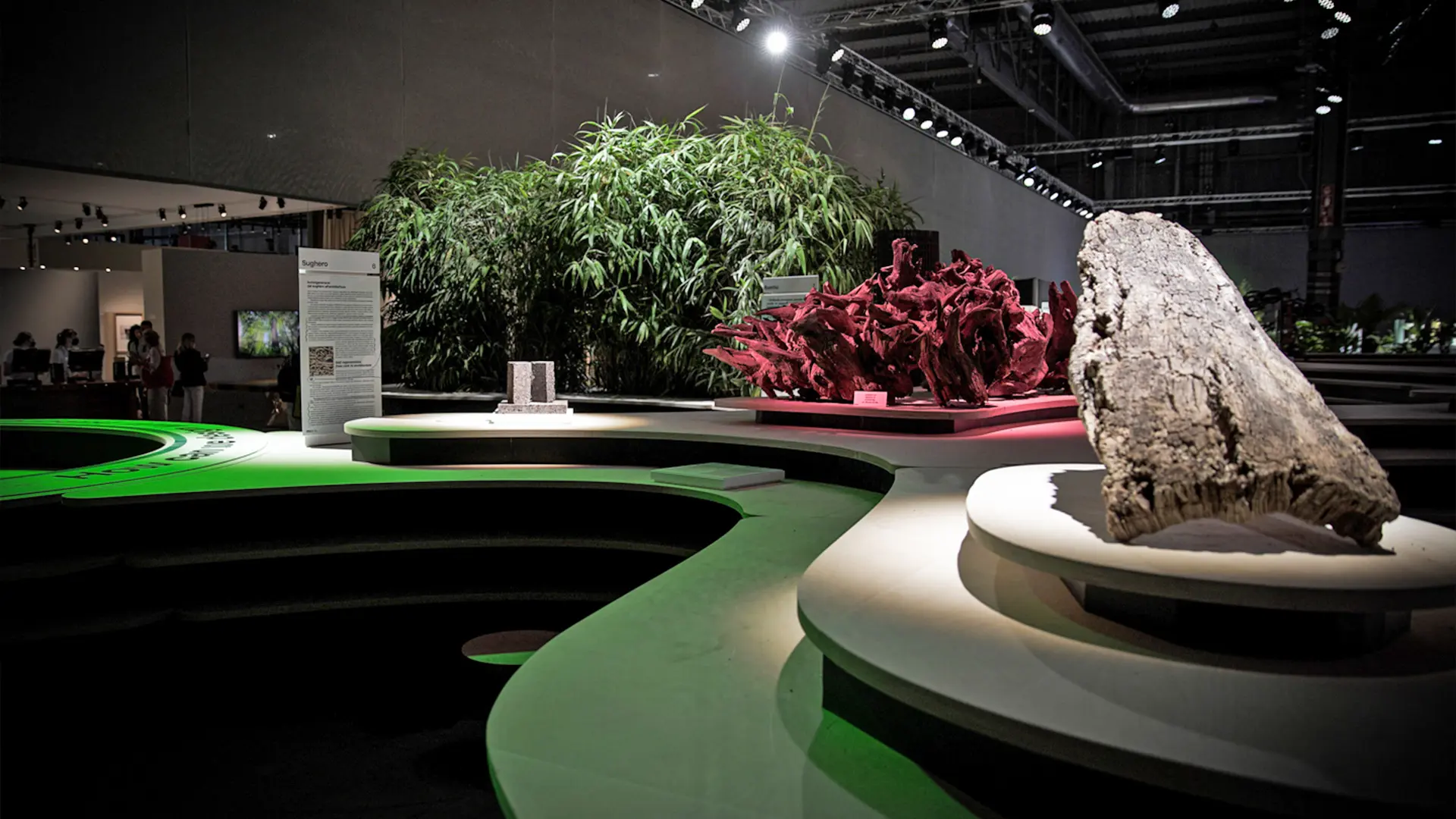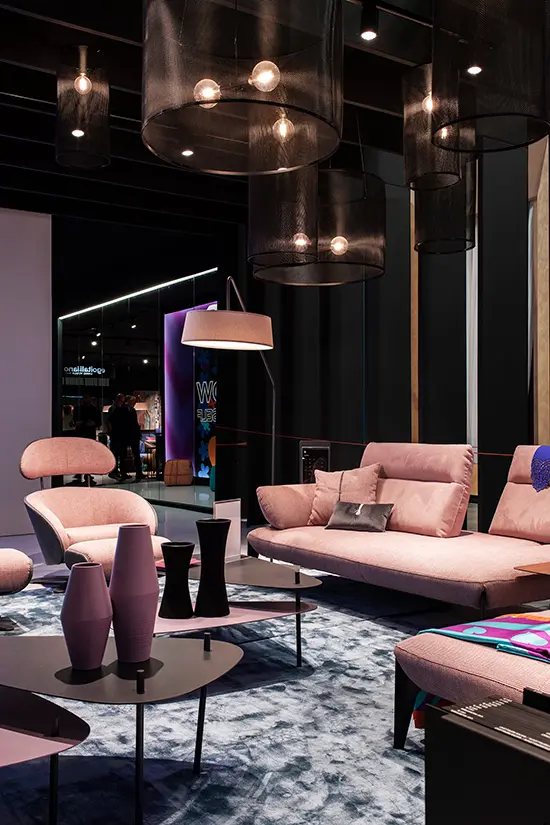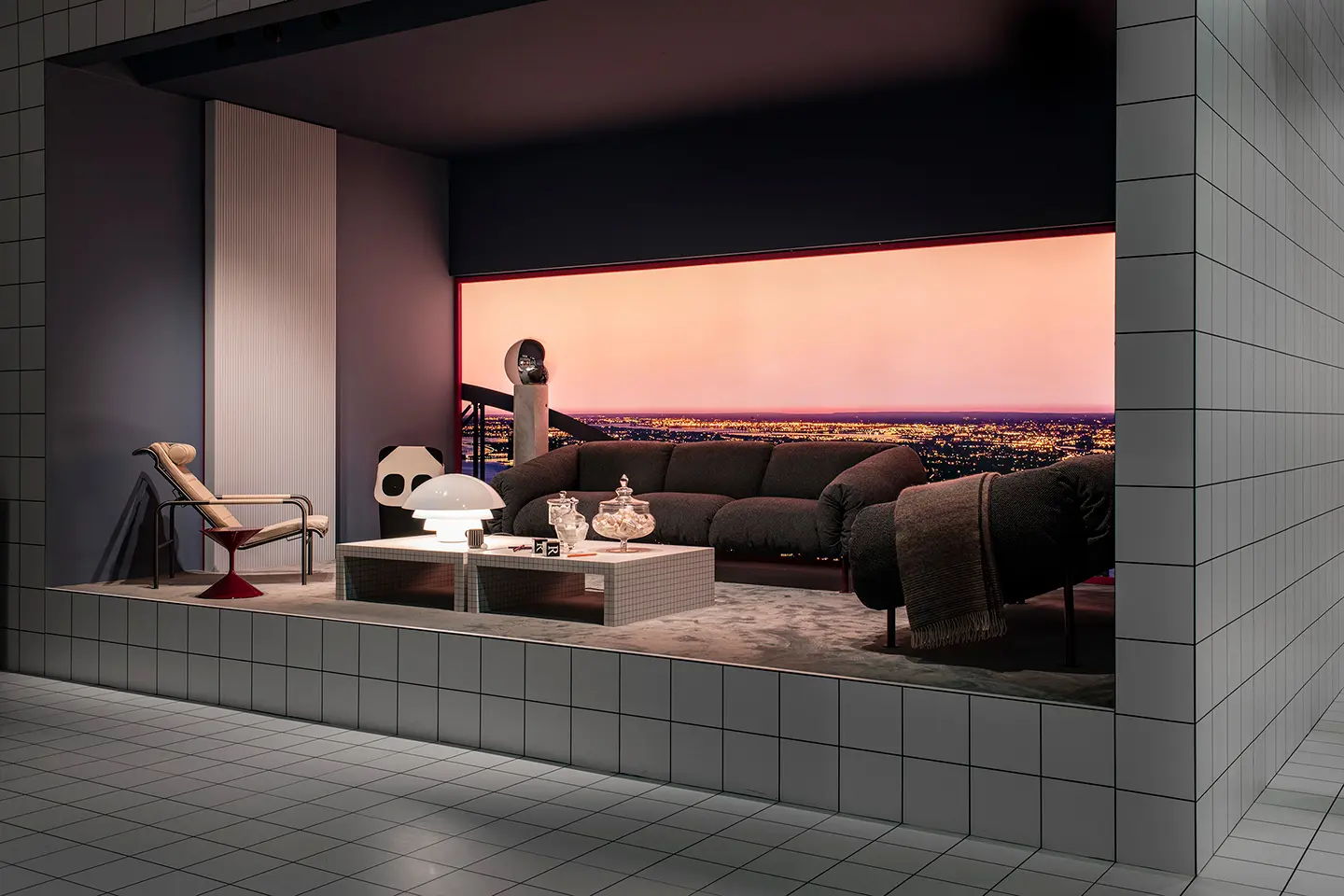From BIG to David Chipperfield, Frank Gehry to Snøhetta: a world tour of the best buildings set to open in 2026
Sustainability, trends at the Salone del Mobile 2022

Design with Nature, ph. Marco Mazzoni
The road to change, although necessary, is long and winding. It advances by overcoming obstacles, outworn systems, sometimes rhetorical attempts, and also through research and (more or less) virtuous ideas
Among the key words of the Salone del Mobile.Milano, sustainability remains the guideline that many companies are adopting to achieve the ecological transition with a view to a circular economy, including energy-saving, recycled materials and social responsibility. A photograph of this 60th edition, with some firms already far advanced and others by contrast still gearing up.
A culture of sustainability
If it is true that the challenge is arduous, it is also true that to spread a culture of sustainability dialogue is a primary necessity, to ensure continuous exchanges between companies and clients. Design with Nature, the exhibition – sinuous and very green – by Mario Cucinella at the Salone 2022, created an outstanding setting for talks and meetings on the subject among professionals in the sector. The 1400 square meters of eco-architecture provides a starting point for thinking about the circular economy and reuse in a vision of the future ecosystem capable of connecting knowledge, skills and technologies in a new generation of products. A small pop-up bookstore provides rich food for thought with titles related to reuse, design for reducing environmental impact and ecological issues.
Low energy impact, ethics and the circular economy
On the one hand the Salone drafted a series of guidelines to help exhibitors work with respect for the environment through the use of low-impact or reusable materials, and on the other some highly structured and particularly sensitive companies had already equipped themselves to favor the environment. Lago presented “Good House”, an 800-square meter stand with a totally recyclable structure that, among much else, will be reused in the coming years. With a reduction of up to 87% in greenhouse gas emissions, this house nestling by greenery saw, among others, the involvement of Spinlife, a spinoff of the University of Padua specializing in approaches to environmental sustainability for companies.
Among the more than 2000 exhibitors and 20 pavilions on the trade fair site, the display by Nanimarquina, the carpet company founded in 1987 in Barcelona, turns sustainability into a veritable story. After receiving the Climate Neutral certificate, the company presented Re-Rug in a stand with large mountains of wool leftovers accumulated in the workshops of its suppliers in India. The initiative stemmed from the lengthy process of research to recover the wool and create a new yarn suitable for weaving. Every Re-Rug uses 1 kg per square meter of reworked wool, so helping reduce unmanaged waste, as well as reducing CO2 emissions.

Egoitaliano, ph. Valentina Casalini
The stand of Egoitaliano, a company specializing in the design, production and sale of sofas, armchairs and furnishing accessories, was very colorful, and it chose the Salone del Mobile.Milano to present its new corporate strategy. Aimed at satisfying the needs of customers and the market, the project, seeks to reduce the environmental impact, being based on the logic of the circular economy and an innovative business model. FLIP, the project’s name, enables the consumer to acquire an Egoitaliano product for a limited period of 40 months and then choose whether to buy it outright and continue to use it or opt for a new model. The materials and components recovered are used to make products that are returned to the market through a dedicated sales channel.
Sustainability among materials, from plastic to wood
From the success of the boom years to their demonization in the era of sustainability, plastic has undergone a series of changes that still see it as a protagonist. Bell Chair, presented this year at the Salone del Mobile.Milano by Magis, a publisher of furniture and accessories that has always used plastic, is made from industrial waste and 100% recyclable. Designed by Konstantin Grcic, it is a monocoque seat made of recycled polypropylene from the waste generated by the production of furniture by Magis itself and the local automotive industry. Very light, it weighs a kilo and a half less than average, and has an energy-saving consumption during production. A queen of plastic, the Kartell company, in the museum-like setting of its stand, amid old glories and design icons, presented ReChair, a chair whose name is a program, designed by Antonio Citterio in partnership with illycaffè. For now available only in black, the chair is made from the recycled capsules of Iperespresso illy coffee, discarded during the perforating and packaging process. The company has devised a cycle for grinding the material and regenerating it in granule form, which is then rotomolded, so transforming the waste into a designer product.
Artemide, which has an environmental, economic and social sustainability report certified by Deloitte, relies on partners and suppliers who work on the same principle. The plastics used contain from 10 to 30% recycled material. And not only plastic. Among the novelties of this year, BIG - Bjarke Ingels Group, has created the Veil diffuser, 100% biodegradable. Eleven arms are connected around a central technological core that supports and powers them. The diffusers come from the same strand of research into innovative, sustainable and ethical fabrics as alternatives to more traditional textile solutions with a greater carbon footprint. The fabrics selected for the diffusers come only from fibers existing in nature, spun through mechanical processing without undergoing chemical processes. The choice is dictated by aesthetic and technical properties and the environmental, economic and social sustainability of the crops from which they are derived.


 Exhibitions
Exhibitions









